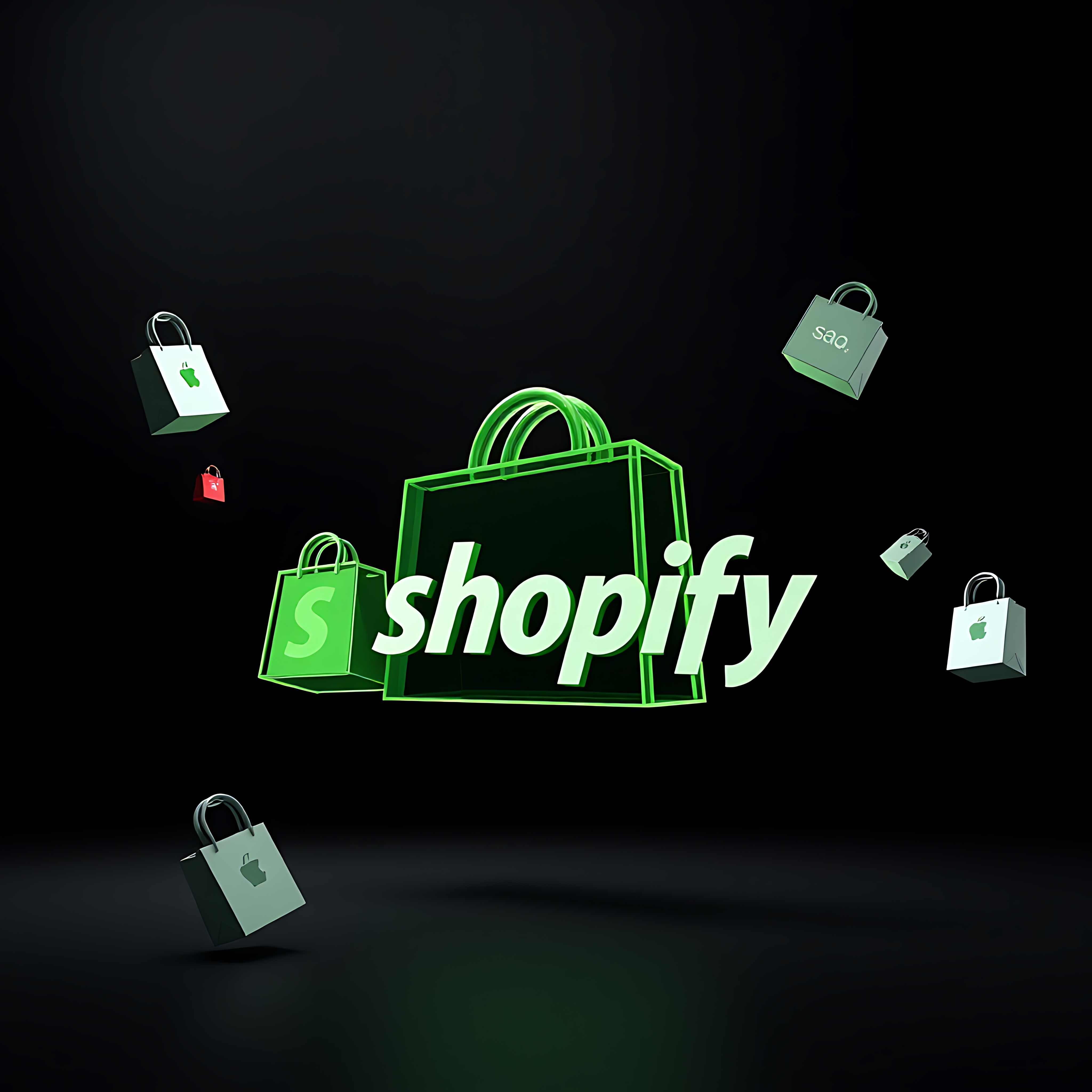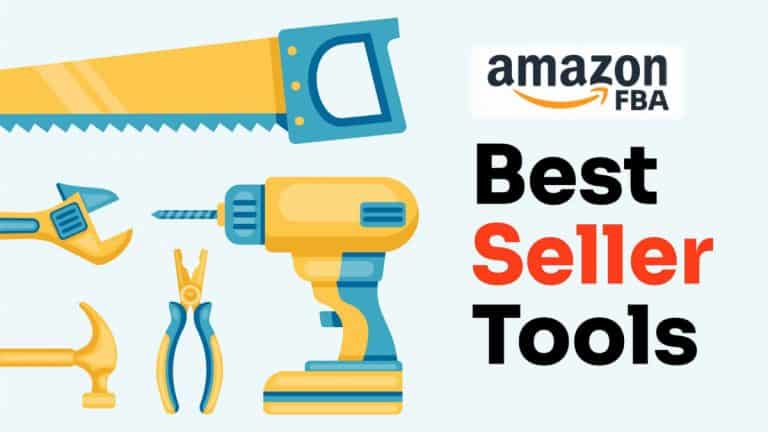How to Scale Your Shopify Store: Proven Growth Record & Hacks

Scaling a Shopify store requires more
than just launching a website and listing products. The e-commerce market is
competitive, and to achieve long-term success, store owners need a proven growth
record & hacks to drive traffic, increase conversions, and boost revenue.
While Shopify provides a powerful platform for online selling, growth
strategies must be continuously refined to meet changing consumer demands and
market trends.
Understanding Shopify Growth and Scalability
Scaling a Shopify store is not just about adding more
products or increasing ad spend. It involves streamlining operations, improving
customer experience, and optimizing marketing strategies. The key to
sustainable e-commerce growth lies in leveraging data-driven insights,
automation, and innovative tactics that allow businesses to grow without
compromising efficiency.
Shopify offers a range of built-in tools that support
business scalability, from inventory management to seamless payment processing.
However, businesses that experience rapid growth often struggle with logistics,
website performance, and customer retention. To achieve a proven growth record,
store owners must focus on long-term strategies rather than short-term sales
boosts.
Optimizing Your Shopify Store for
Growth
One of the first
steps to scaling a Shopify store is ensuring the website is optimized for
conversions. A slow-loading website, poor user experience, or complex checkout
process can lead to high cart abandonment rates. Businesses need to focus on
speed optimization, mobile responsiveness, and frictionless navigation to
improve customer retention.
- Another essential factor in Shopify store growth is SEO optimization. By targeting high-converting keywords, improving product descriptions, and enhancing meta tags, store owners can attract organic traffic and increase visibility on search engines. Additionally, integrating structured data and schema markup can improve search rankings and enhance click-through rates.
Leveraging Digital Marketing & Social Media
Scaling a Shopify store also requires effective
digital marketing strategies. Paid advertising through Google Ads, Facebook
Ads, and TikTok campaigns can drive traffic, but the key to sustainable growth
lies in organic marketing techniques such as content marketing, influencer
collaborations, and social media engagement.
Shopify store owners must build a strong brand
presence on platforms like Instagram, Pinterest, and YouTube, where visual
content and storytelling can boost conversions. Influencer partnerships,
user-generated content, and video marketing are some of the most effective
growth hacks to drive brand awareness and customer engagement.
Email marketing remains a powerful tool for scaling a
Shopify store. Automated email sequences, abandoned cart recovery emails, and
personalized product recommendations can significantly boost sales. Using
AI-driven email automation tools, businesses can nurture leads and retain
customers without manual effort.
Enhancing Customer Experience &
Retention?
A Shopify store's success is heavily dependent on customer satisfaction
and repeat purchases. Providing fast shipping, flexible return policies, and
excellent customer support helps build trust and encourages long-term loyalty.
Incorporating
AI-powered chatbots and personalized shopping experiences can also improve
customer interactions and increase conversions. Shopify’s integration with
tools like Tidio, Gorgias, and Re amaze allows store owners to automate
customer service while maintaining a human-like shopping experience.
Loyalty programs and subscription models can further enhance retention. Offering exclusive discounts, VIP memberships, and early access to new products can motivate customers to make repeat purchases, increasing customer lifetime value (CLV)
Utilizing Shopify Apps &
Automation for Growth
Scaling efficiently
requires automation. Shopify’s app ecosystem provides store owners with various
tools to automate order fulfillment, inventory management, and marketing. Apps
like Oberlo for drop shipping, Klaviyo for email marketing, and Bold Subscriptions
for recurring orders help streamline business operations and improve
efficiency.
By integrating AI and machine learning tools, Shopify store owners can predict sales trends, personalize product recommendations, and optimize pricing strategies. This data-driven approach ensures businesses stay ahead of competitors while maintaining a proven growth record.
Conclusion:
Successfully scaling a Shopify
store requires a strategic approach, from optimizing website performance to
leveraging digital marketing and automation. By implementing proven growth
hacks, e-commerce businesses can increase traffic, improve conversions, and
enhance customer retention.
Staying ahead in the e-commerce industry means continuously evolving strategies to meet consumer expectations and market trends. With the right tools, data-driven decisions, and customer-focused approach, Shopify store owners can achieve long-term growth and profitability in 2025 and beyond.





